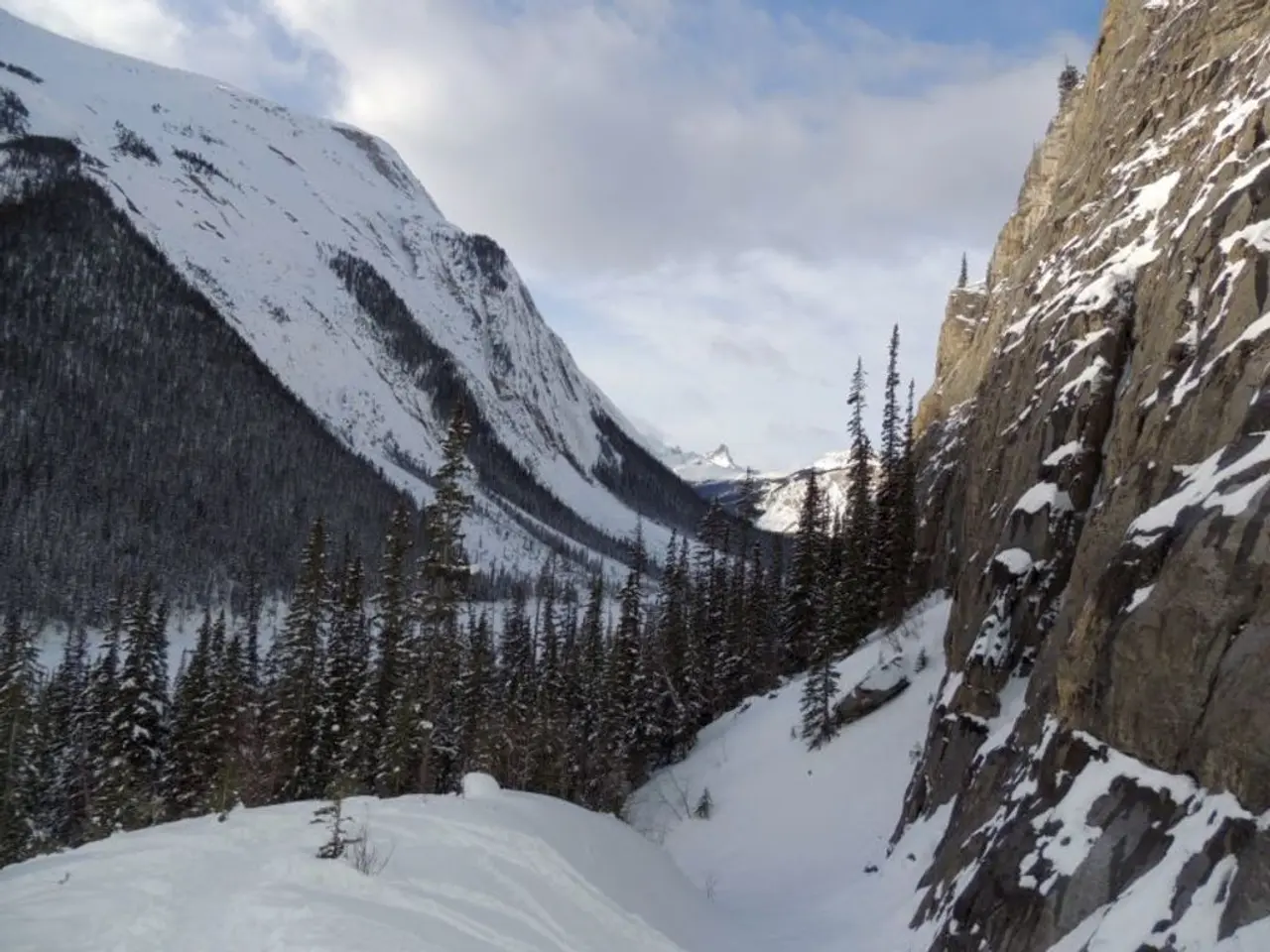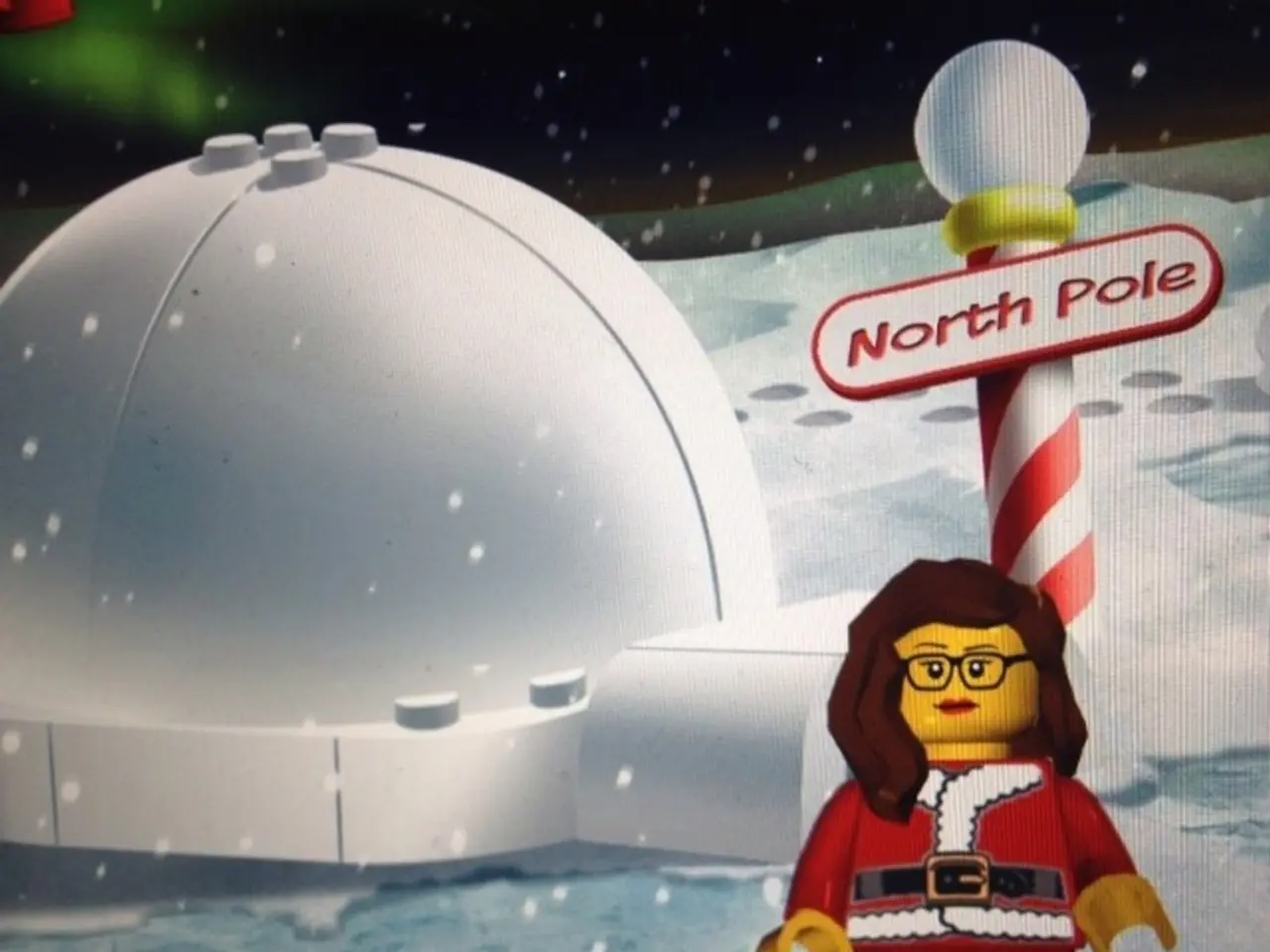Rapidly melting glaciers underscore the severity of the global climate crisis, according to satellite data.
Mountain glaciers, often seen as the sentinels of climate change, have experienced significant melting over the past few decades, with far-reaching consequences for global water resources and sea levels. Between 2000 and 2023, an estimated 6,542 billion tonnes of ice were lost from mountain glaciers, contributing to an 18mm rise in global sea levels[1].
This rapid melting is not merely a response to increased temperatures but also poses a threat to local ecosystems and enhances the impact on rising sea levels more substantially than initially thought, surpassing the contributions of Greenland and Antarctica[1]. The melting glaciers create glacial lakes, which pose a significant risk of sudden flooding known as glacial lake outburst floods (GLOFs). These events have caused numerous casualties and extensive damage worldwide, particularly in regions such as the Andes, Himalayas, and Alps[2].
The Intergovernmental Panel on Climate Change (IPCC) projects that up to a third of the world's glaciers could disappear by the end of this century[2]. This loss will have severe repercussions on freshwater resources, regional climates, and global sea levels. In regions like the Himalayas, more than two-thirds of the glaciers are expected to melt, impacting water sources and climate stability[2]. Similarly, the melting of Pamir glaciers in Central Asia threatens the water supply for the Amu Darya basin, highlighting the transboundary nature of these impacts[2].
Satellites play a pivotal role in monitoring glacier melting and assessing associated hazards like GLOFs. Advanced satellite technologies such as Synthetic Aperture Radar (SAR) and optical imaging are utilised to track changes in glacier dynamics and lake sizes accurately. Key satellite contributions include high-resolution monitoring, timely hazard assessment, and providing valuable data for climate change research and policy-making[3][4].
Satellites like Airbus's TanDEM-X and ICEYE provide high-resolution images, enabling the identification of high-risk glacial lakes and monitoring changes in lake dimensions during weather events[3][4]. SAR imagery can penetrate cloud cover, allowing for real-time assessment of hazards during storms or prolonged rainfall, which is crucial for early warning systems[3].
In addition to their role in monitoring glacier melting, satellites are essential tools in understanding and managing the impacts of this phenomenon. They offer global or regional views, data regularity, and access to remote and inaccessible areas[5]. High-resolution satellite images can help map crevasses and other hazards, enhancing the safety of field studies[5].
The multispectral imager on the Sentinel-2 satellite can track snow distribution and melting rates, providing insight into snow dynamics over time[6]. It's not too late to take action to preserve these vital resources; closely monitoring glacier parameters is crucial for detecting early warning signs, and satellites play a key role in this effort[6].
Glaciers, beyond their practical significance, hold cultural significance in some regions. For example, they are considered the home of the gods in certain populations of Uganda[7]. The loss of these glaciers not only threatens freshwater resources but also disrupts cultural practices and traditions.
As the fight against climate change continues, satellites will remain indispensable tools in our efforts to understand, mitigate, and adapt to the impacts of glacier melting. Heïdi Sevestre, a regular participant in climate change awareness campaigns aimed at the general public and governments, emphasises the importance of recognising and addressing this critical issue.
The threat realized by melting glaciers is not confined to rising sea levels and climate change alone, as it also raises concerns for health and wellness, as shifts in water resources can affect medical-conditions and neurological-disorders. The scientific understanding of environmental-science, specifically climate change, necessitates the usage of advanced satellite technology in tracking glacier melting and assessing associated risks. Furthermore, the conservation of these sensitive ecosystems is tied to the management of various health-and-wellness issues, and the utilization of CBD oil as a potential therapeutic agent in neurological disorders could be influenced by the impact of climate change on glacier melting, considering the importance of biodiversity for CBD production.




